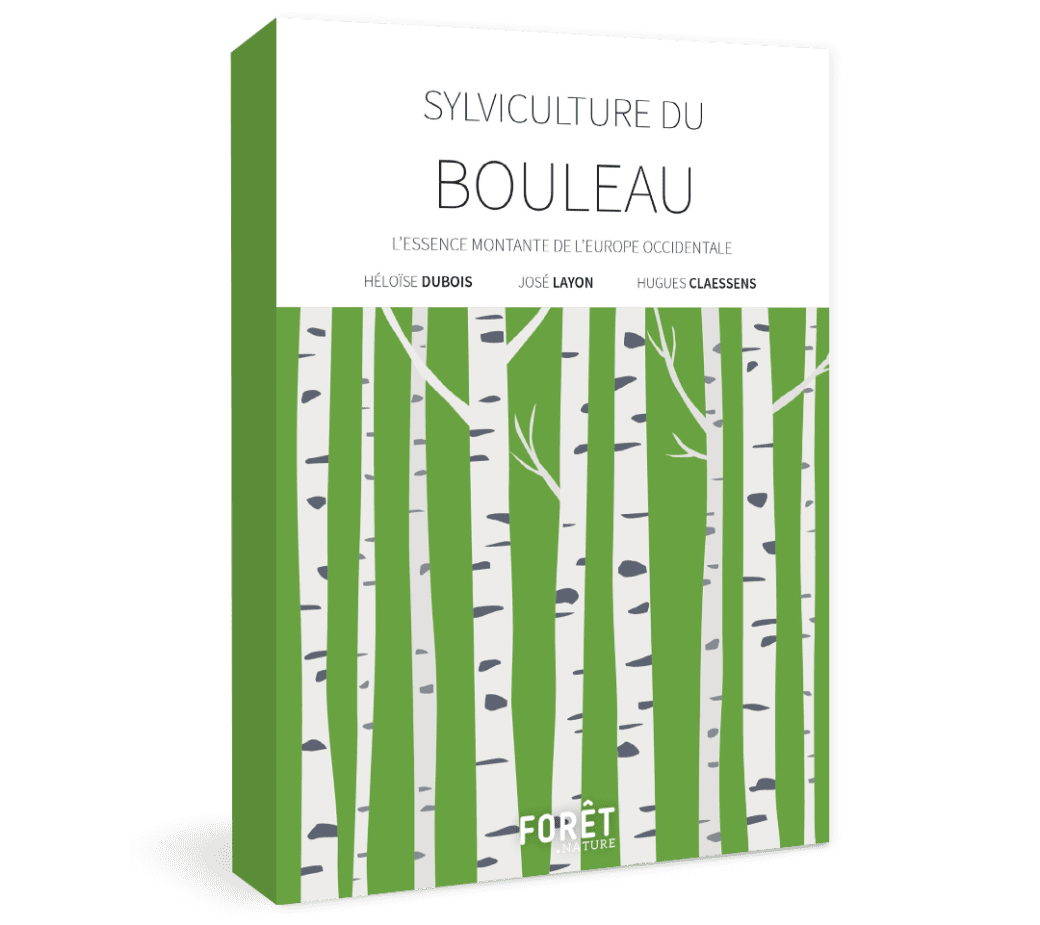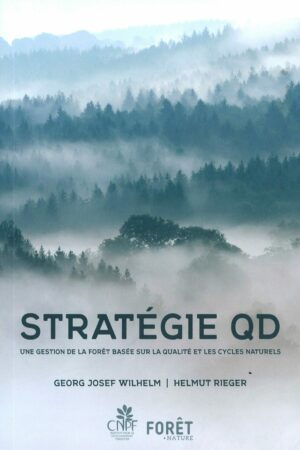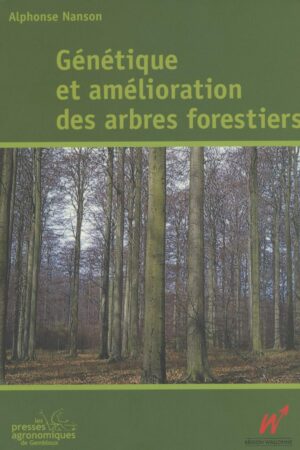Birch silviculture: Western Europe's rising species
46,00€
Are you wondering how to diversify your forest? Are you convinced that birch is the species of the future? Or are you thinking: "Birch... we don't know what to do with it"? Then this new forestry guide is for you!
For the past two decades, climate change and health problems affecting our main production tree species have been causing major disruption to current management and sowing doubts about the decisions to be taken for the forest of the future. The need to diversify stands and embrace new silvicultural strategies is therefore becoming clear. More than ever, we are at a turning point that needs to be negotiated with thought and ambition. How can silviculture help to adapt our forests to these changes? What species should we favour now for the future of our forests?
Description
Are you wondering how to diversify your forest? Are you convinced that birch is the species of the future? Or are you thinking: "Birch... we don't know what to do with it"? Then this new forestry guide is for you!
For the past two decades, climate change and health problems affecting our main production tree species have been causing major disruption to current management and sowing doubts about the decisions to be taken for the forest of the future. The need to diversify stands and embrace new silvicultural strategies is therefore becoming clear. More than ever, we are at a turning point that needs to be negotiated with thought and ambition. How can silviculture help to adapt our forests to these changes? What species should we favour now for the future of our forests?
In the 19th century, the use of exotic species to enrich our range of production species was the first reflex with spruce, followed in the 20th century by others such as Douglas fir, American red oak and, more recently, cedar and thuja. There are a number of uncertainties surrounding the establishment of these species: will they thrive in our changing climate and on our soils? Aren't they likely to import diseases, become invasive and threaten local environments and species? Unfortunately, they also suffer from health problems of varying degrees of seriousness.
It would therefore also be wise to incorporate species from our natural woodland heritage into forestry. The birch, which is quick to take advantage of forest gaps created by clear-cutting or disturbance, fits perfectly into this context. With its many silvicultural and ecological advantages, and its potential for adding value, it is attracting growing interest from landowners and the timber industry. But surprisingly, while it is perhaps the only tree that is easily recognised by any novice thanks to its characteristic white bark, it is paradoxically little known by foresters and has been largely undervalued in Western Europe. The time has come to put it in the spotlight, and to learn how to tame this robust, strong-willed tree, which is making its way naturally into our troubled forests to take over from species in difficulty, as a transitional ally.
This is the aim of this guide, which is devoted to birch silviculture. The first part deals with the opportunities offered by birch from the point of view of forest management and the development of its products. The second part provides the information you need to understand birch silviculture, before going into more technical detail on birch stands and a few examples of mixtures.
Informations complémentaires
| Dimensions | 14,8 × 21 cm |
|---|





